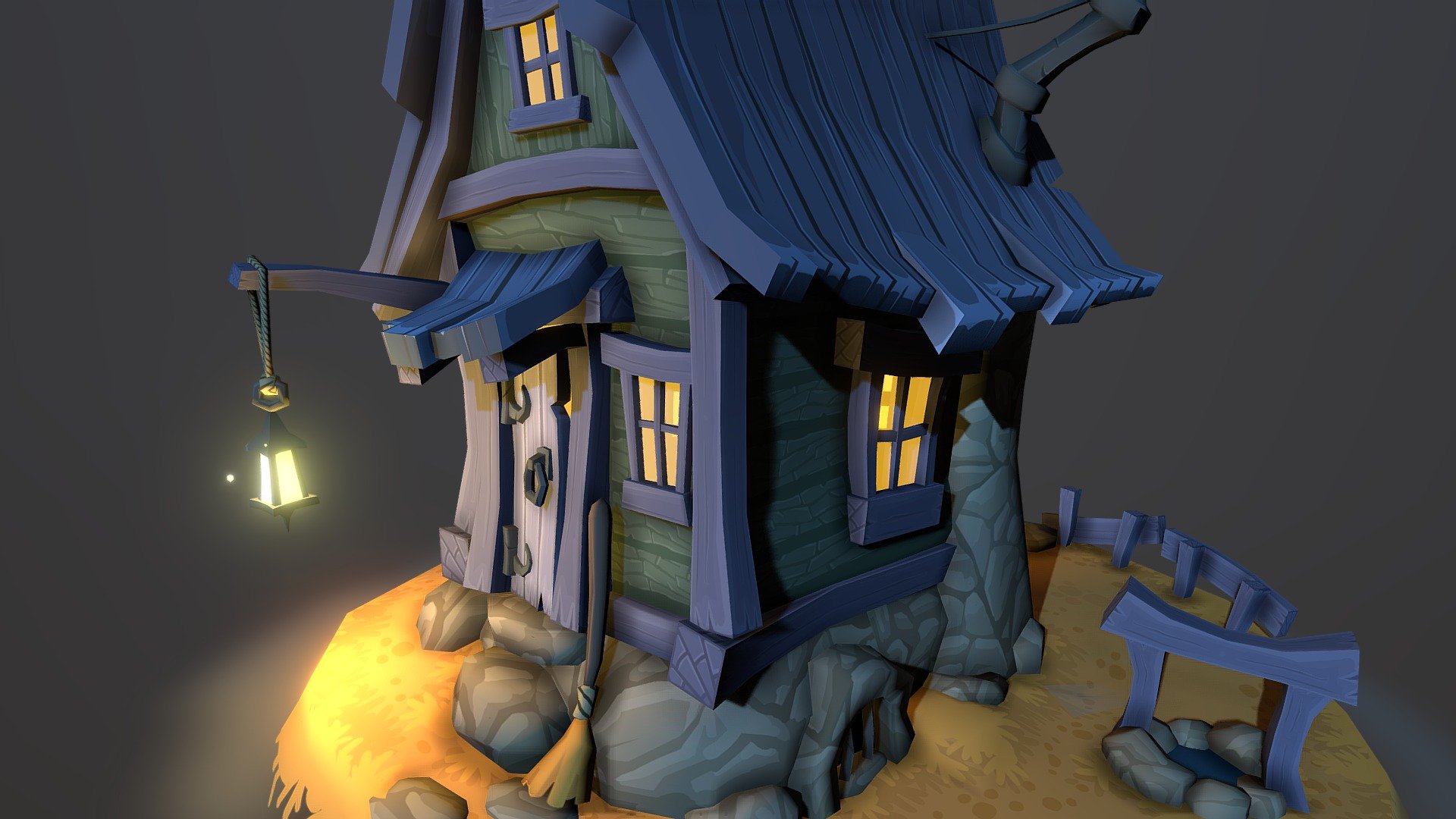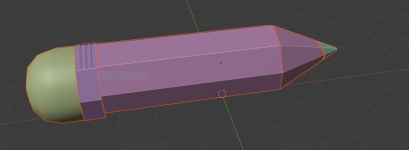Renzatic
Egg Nog King of the Eastern Seaboard
- Joined
- Aug 14, 2020
- Posts
- 4,243
As the cave seems to be the primary challenge in this project, maybe I should get back to Blender sooner than later.
Okay, here's the basic way you should approach cave modeling.
...excuse the crudeness of my example here. I did it in just 20 minutes. Also, pretend it's all in UE.
First, you'll make your little landscape. Use a visibility mask to create a hole in it, like such...
End result, will look something like this:
Now, throw some rocks into your scene to make a cliff, and the cave entrance around the hole in your landscape...
...this is just one rock copied over and over again, then scaled and rotated into various places.
That's really all there is to it.
Making the cave itself is even easier. You can start with a regular cube, flip the normals, and begin building tunnels with extrudes and loop cuts. Doctor it up with static meshes.
If you really want everything to fit well together, I believe you can export your landscape mesh out to Blender, providing you a guide to work with.


